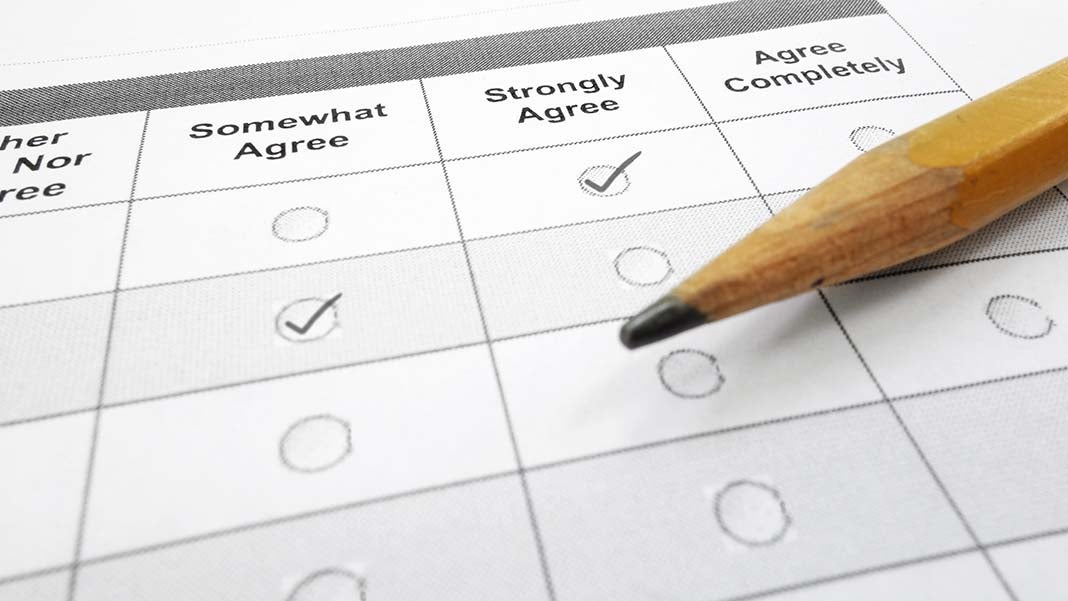5 Instant Tips to Create Effective and Quality Surveys
By: Hellen McAdams

Two basic questions always arise when running a small business. Is your product/service working? How can you improve? One of the best ways to improve is to speak to your customers and those who might one day become customers.
A great way to do that is by building a survey and distributing it to the public. It can give you important insight that will affect your design-making and can also provide you with valuable data on the market you are researching.
Whether you are a company looking for answers, or a market research team tasked with creating a survey, here are five essential tips for making a great survey.
Keep it Short and Sweet
You are building a survey with a very particular goal in mind, so there is no reason to bombard individuals with dozens and dozens of unnecessary questions. That why you should create the questions last, after you already know what sort of data you want to collect.
Also, if your survey is long, there is a much lower chance that your respondents will be willing to complete it, or put as much effort into each question. Ensure that the survey has a logical flow and won’t take them too long to complete.
Use Software for Data Collection
Technology is seemingly streamlining and helping a variety of industries, and data collection is one of them. There are pieces of mobile data collection software out there that can help you create and broadcast your surveys with ease, while also possessing a number of other features as well.
These are generally quite affordable and can make data collection a breeze, and can be well worth the money. Since most surveys are done online nowadays, this software can make your survey more engaging than ever with pictures, videos and more.
Utilize Scales Whenever You Can
In many surveys, the response options are just as important as the questions. While it can be tempting to include a lot of categorical or binary responses (such as true/false or yes/no questions), these are generally not a good idea.
The reason for this is because they generally do not give you much extra information or data. However, if you use a response scale from 1-5, you will get much more robust data to analyze. They can measure the intensity of responses in a way that simple response options cannot.
Have Close-Ended Questions
Not only is the amount of questions you ask very important, but so is how you word the questions. Using close-ended questions can make it much easier to analyze and group results. Open-ended are great for qualitative information, but that often isn’t the most helpful information for most surveys.
While they can both have their place at times, depending on the type of information you are seeking, close-ended are generally better for specific information.
Consider Your Audience
You need to tailor the language and style of your survey to those who you are reaching out to, so they will better understand it. Not only that, but response times could also depend on your audience. Most people will answer during the business week and if you’re target market has a “busy season” you should not be sending them the survey during it.
Also, it is a good idea to send out some reminders to increase response rates for your surveys, in case people may have initially missed it.
2365 Views














